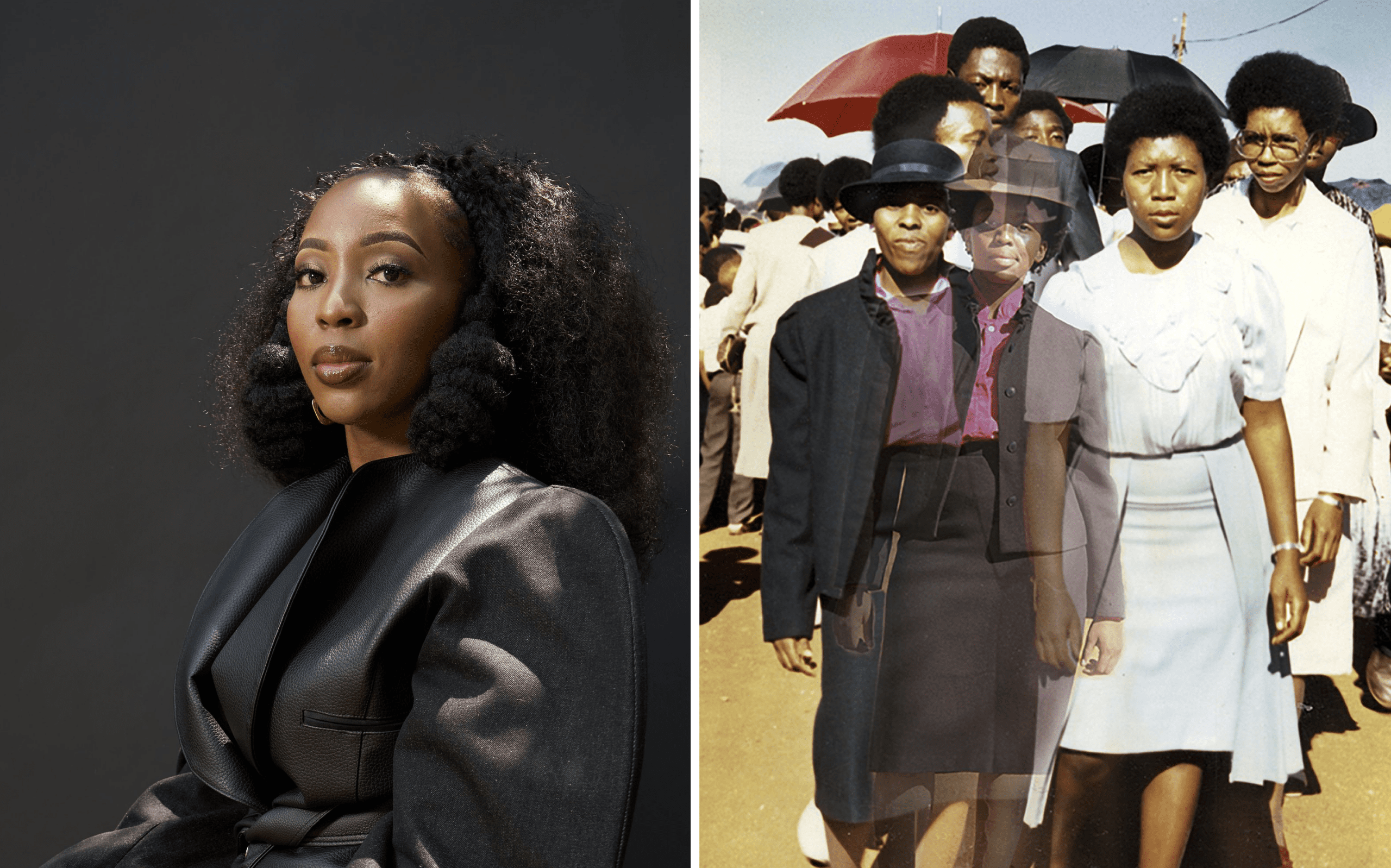Locating Tenderness Within Trauma
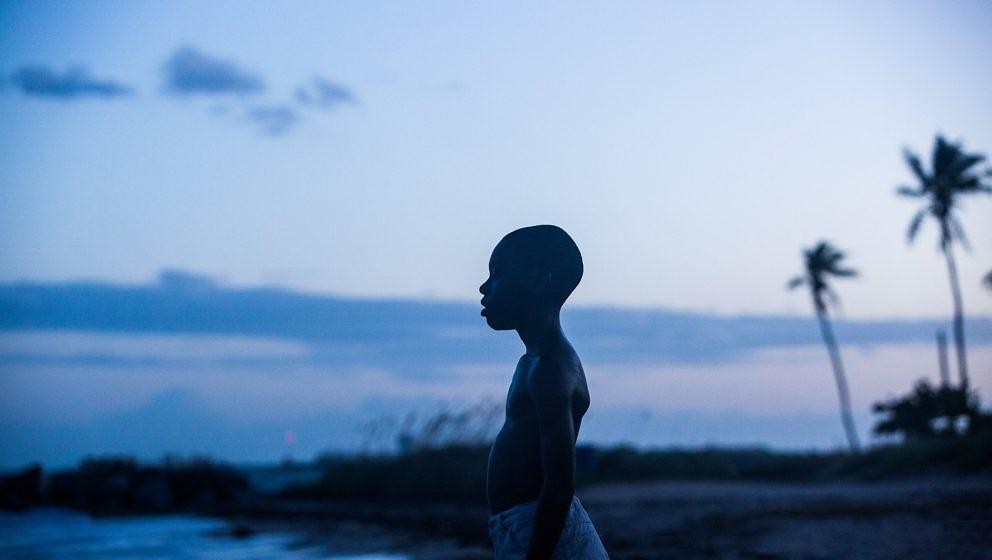
23 February 2017
Magazine C& Magazine
8 min read
. Hannah Beachler, the production designer for Golden Globe winner Moonlight and Beyoncé’s visual album Lemonade, constructs reality through the lens of the fantastic. Her aesthetic visions for both creative projects introduce a whimsical tenderness to the traumas of the Black experience in cinematic form. The narrative arc of Lemonade traces the protagonist’s path from …
.
Hannah Beachler, the production designer for Golden Globe winner Moonlight and Beyoncé’s visual album Lemonade, constructs reality through the lens of the fantastic. Her aesthetic visions for both creative projects introduce a whimsical tenderness to the traumas of the Black experience in cinematic form.
The narrative arc of Lemonade traces the protagonist’s path from isolation to self-actualization after being betrayed by a lover. The plot of Moonlight follows a similar storyline of personal maturation after romantic and familial loss, but the film focuses more on the process of coming of age as a queer person of color. In both cases Beachler aestheticizes the emotional vulnerabilities of marginalized voices in the Black diaspora.
While Moonlight and Lemonade present themselves in different modalities, the settings for each show a fusion of realistic and mystical elements. Atmospheric conditions are manipulated to capture the mood of each character, obscuring the need to concretely define empirical signifiers like time and location.
In a scene where the principle character of Moonlight, Chiron, learns how to back-float in a vast ocean, the viewer is most acutely aware of the protagonist’s state of physical and emotional vulnerability. Our point of view is placed partially submerged in an oscillating body of water, juxtaposed against a limitless open blue sky. The viewer sees Chiron’s father figure in the movie Juan, played by Mahershala Ali, carefully cupping Chiron’s head as if to make him feel supported and secure. This configuration of setting, composition and color invite us to focus on the feeling of relaxing in an immense body of water for the first time. We are unaware of how far away Chiron is from the shore, or how deep the water is beneath him, but his anxious fear of sinking is palpable. His conflicting emotions of uncertainty are detectable, as we are placed within the paradisiac scene of natural elements.
.
[embed]https://www.youtube.com/watch?v=PeonBmeFR8o[/embed]
.
Beachler explains in an interview with Indiewire just how influential the state of mind of the characters is for her visual process. “As a designer I create and build sets”, she says. “We spend time looking for which places fit the tone, texture and mood of the story and characters.”
In the case of Moonlight and Lemonade, the characters of Beyoncé and Chiron are in the midst of processing their sensitivities to past and current traumas in an attempt to heal. Scenes from their past and future continually make appearances in their waking life in the forms of surreal memories and dreamscapes. Beneath the pastel pinks, greens, and blues of beaches in Moonlight, and the luxurious domestic interiors in Lemonade’s music videos, there exists a gritty racial critique of suffering and oppression in contemporary Black life.
A prime example of signifiers from the past entering the present is Beyoncé’s appearance in the music video “Hold Up.” Mainstream culture has already made many links between her vibrant yellow garb to the ancient Yoruba goddess Oshun, the deity of beauty, love, prosperity, change and healing. As the singer opens two colossal doors with waves of water pouring beneath her feet, Beyoncé majestically descends from a grand staircase decorated with Greco-Roman columns. Suddenly, she is crudely placed within an urban setting, barefoot, passing mundane fruit stands, children playing in sprinklers and people of color in contemporary street-ware. While visually compelling, her presence realistically appears to be anachronistic and otherworldly. She is shown smashing car windows and video cameras without punishment. It is as if her purpose is to embody a supernatural African goddess in a contemporary setting without mortal limits.
This warping of the real and the fantastical allows for Beachler’s artistic style to be read from the lens of Afrosurrealism. D. Scott Miller, author of the “Afrosurreal Manifesto” claims that Afro-Surrealists “transform how [they] see things now, how [they] look at what happened then, and what [they] can expect to see in the future.” They “distort reality for emotional impact” in order to tap into the surreal experiences of reality. Scholar Ytasha Womack deems this bending of time in the Afrosurreal aesthetic as constructing “little difference between the dream world and the waking one.” The atmospheric settings of Moonlight and Lemonade do just that — they make traumatic events of the character’s present experience appear to be visually magical.
.
[embed]https://www.youtube.com/watch?v=Wp0gjj2Rjiw[/embed]
.
While less magical than a Yoruba orisha, an impactful scene from Chiron’s youth in Moonlight makes a particularly painful moment look enchanting. Paula, Chiron’s drug-addicted mother, domineeringly emerges from her bedroom that glows with an artificial magenta tinted light. The unnatural lighting causes the domestic setting to appear strange and unwelcoming. Though her words are muted, the viewer can read her lips and countenance as she angrily calls her son derogatory terms. The choice to not synch the sound and moving imagery during the scene allows it to appear as an uncanny dreamscape taking place in the present, directly aligning with the Afrosurrealist aesthetic. The scene happens to be repeated multiple times throughout the movie, even slowed down at moments and played in reverse, where Paula walks backwards in time to perform the scene again. The cinematic and artistic strategies used here make the moment particularly memorable, similar to the way a traumatic moment from childhood can make an impression on one’s life.
In the poetic interlude between the songs “Pray You Catch Me” and “Hold Up,” Beyoncé is shown diving off the top of a building in an urban setting as if to attempt suicide. She falls from the building, heading towards her supposed death, yet ends up plunging into a surreal setting of an ornate bedroom flooded with water. In contrast to Moonlight’s beach scene where Chiron ordinarily learns how to back float, Beyoncé’s video imagines her as supernatural. In one scene, she is hauntingly shown stiff, as if she has drowned, and in another she is shape-shifting under water as she inhales and exhales clouds of bubbles. The abrupt contrast between the real-life experience of contemplating suicide against a paranormal scene of wading within flooded domestic spaces is a continuous style throughout the visual album.
Similarly, this tactic of making anguish look miraculous is best exemplified in Moonlight after Chiron is bullied by his alleged lover at school. After being beaten up, flickering artificial light shines on Chiron’s face as he attempts to apply cool ice on his wounds. His features glow as he looks at himself in the mirror and assesses his sentiments regarding the situation at hand. Chiron’s heroic glow in a time of adversity, allows the viewer to enter the character’s inner psyche of rage for his present circumstance.
In Lemonade, the Afrosurreal makes an appearance in the way Black women are intermittently situated in ambiguous natural settings. These moments evoke narratives reminiscent of slavery given the clothing the women are wearing and their placement within tree branches. In the beginning of “Pray for Me,” recognizable Black celebrities wearing colonial-era ware, blankly stare at the camera as they collectively sit on intertwining tree branches. While cinematically intriguing, one cannot help but be reminded of the gruesome legacy of lynching in the South. The angelic Black women in white are given agency over their traumatic pasts of colonial torture on American soil by proudly taking up space in these natural landscapes.
Critiquing Beachler’s aesthetic from the lens of the Afrosurreal in Moonlight and Lemonade best explains the importance of artistic projects centered on the Black experience. By merging anguish in the viable platform of the magical, Beachler allows the sets for these projects to make seemingly unbearable pain based on oppressive forces digestible for audiences. Her visual strategies intertwine spaces evocative of slavery’s past and nightmarish circumstances, while also making a point to revel in the mundane beauty of natural environments. While it may seem paradoxical to pair delight and suffering, Moonlight and Lemonade use art as a method of healing for the collective Black consciousness.
.
Sabrina E. Greig is an art critic in Chicago, originally hailing from New York City. She received her MA in Art History from the School of the Art Institute of Chicago with a focus on representations of the Black diaspora in pop culture, fine art, and gentrified urban spaces. Her literary work has been published in Fnewsmagazine and Bad at Sports.
Read more from
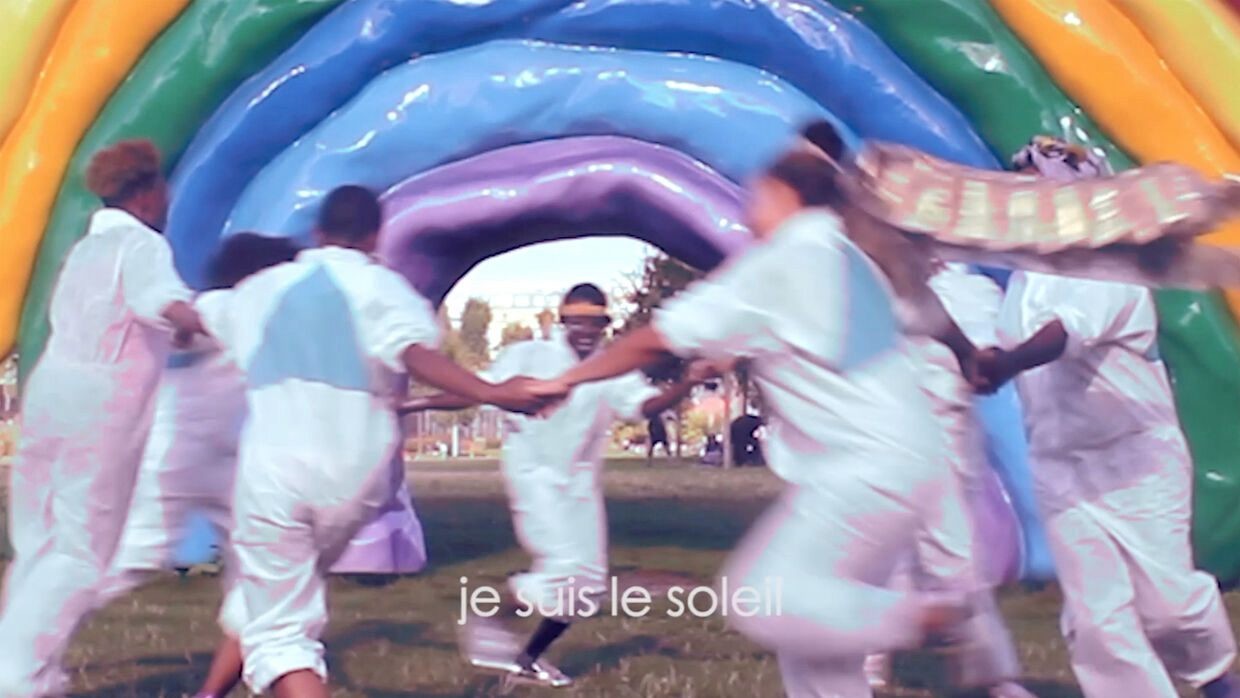
‘Apprendre à Flamboyer’: Collective Joy in Practice at Palais de Tokyo
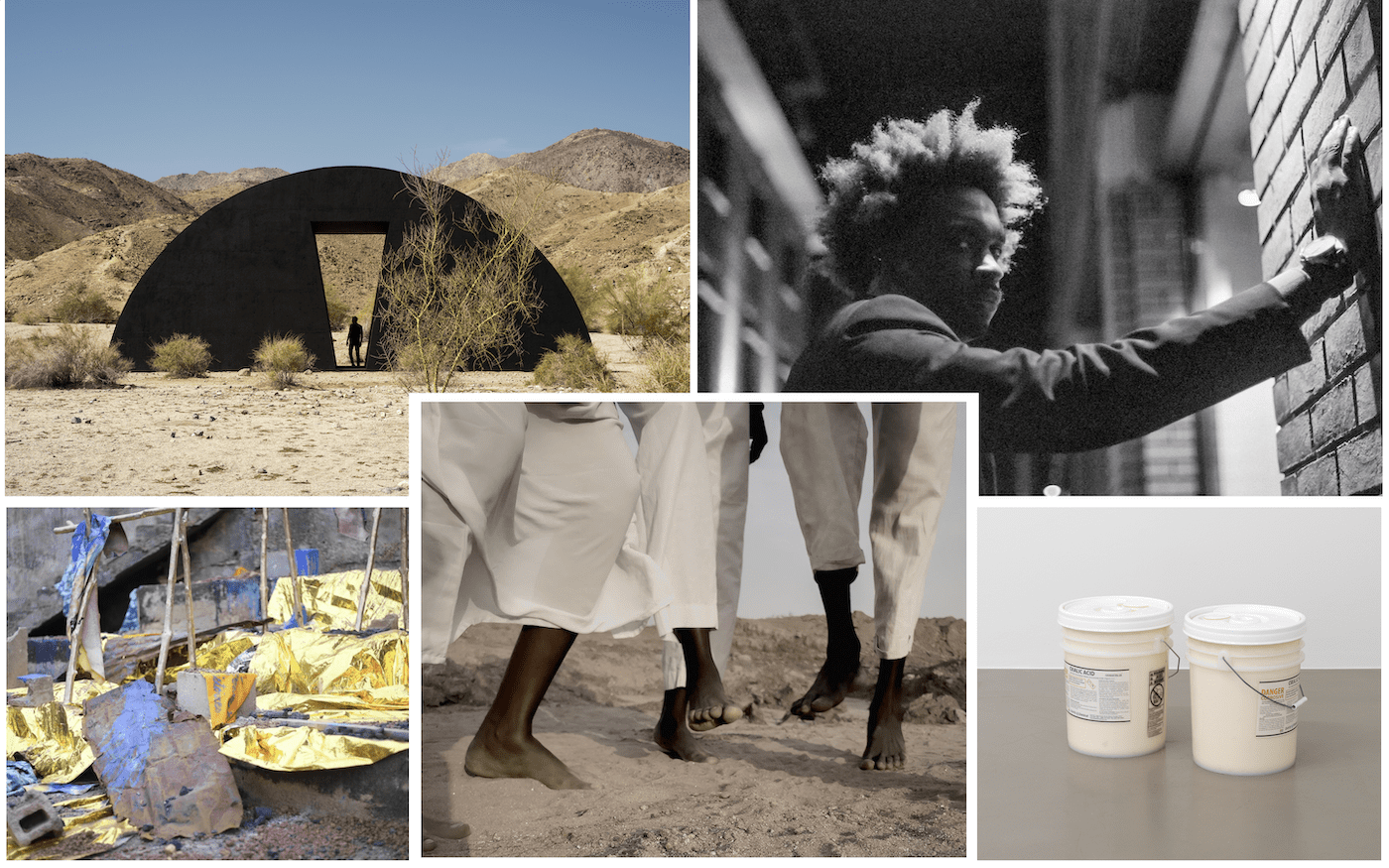
C& Magazine’s Highlights of 2023 You Might Want to Read Again
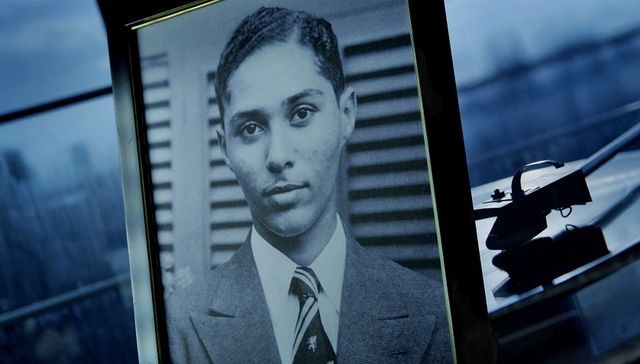
John Akomfrah: “If there is a problem with hybridity, for me, it is that it participates in this hierarchization of the world”
Read more from
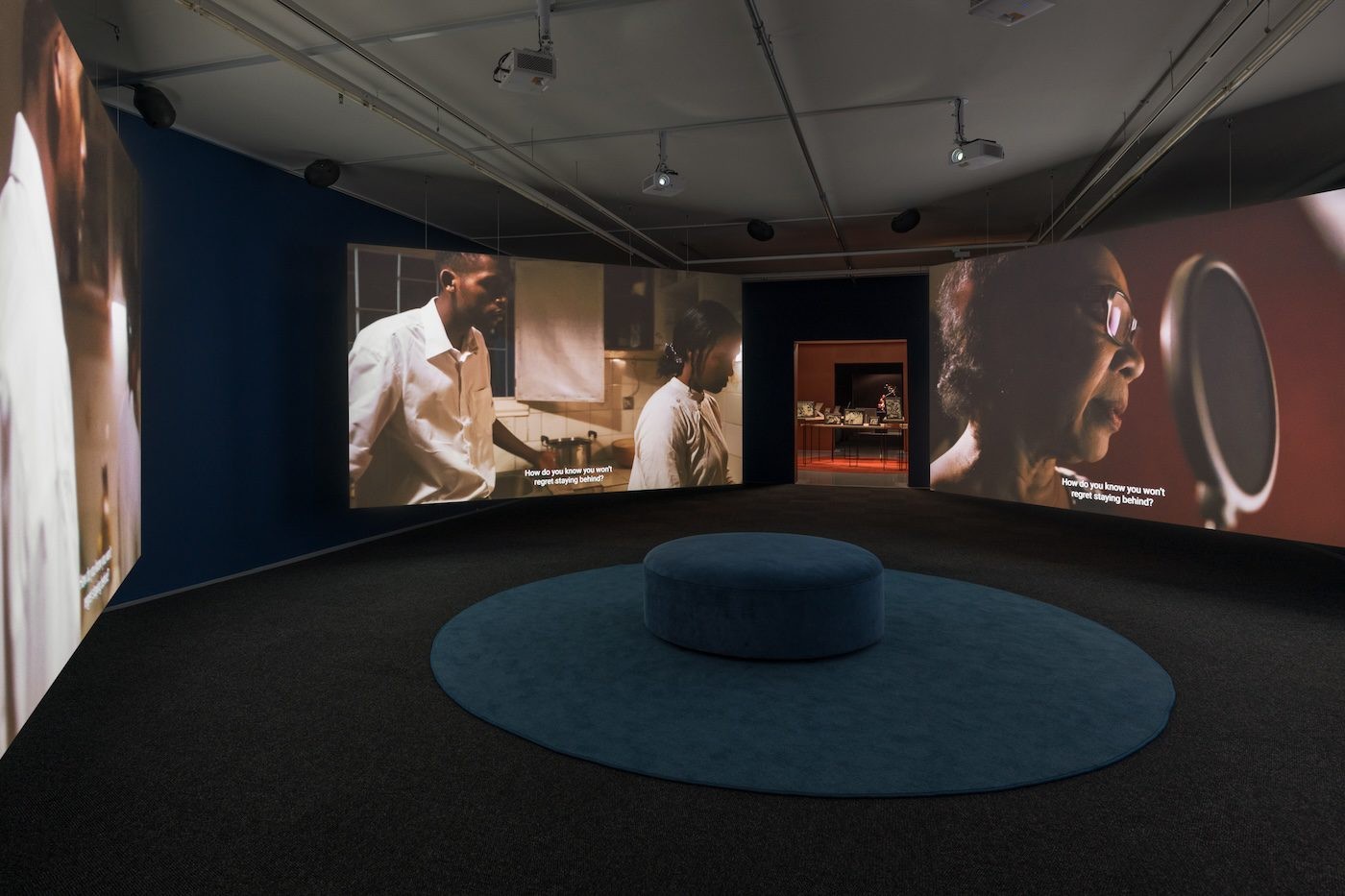
On History and Fiction: Tuan Andrew Nguyen's Cinematic Memory Work
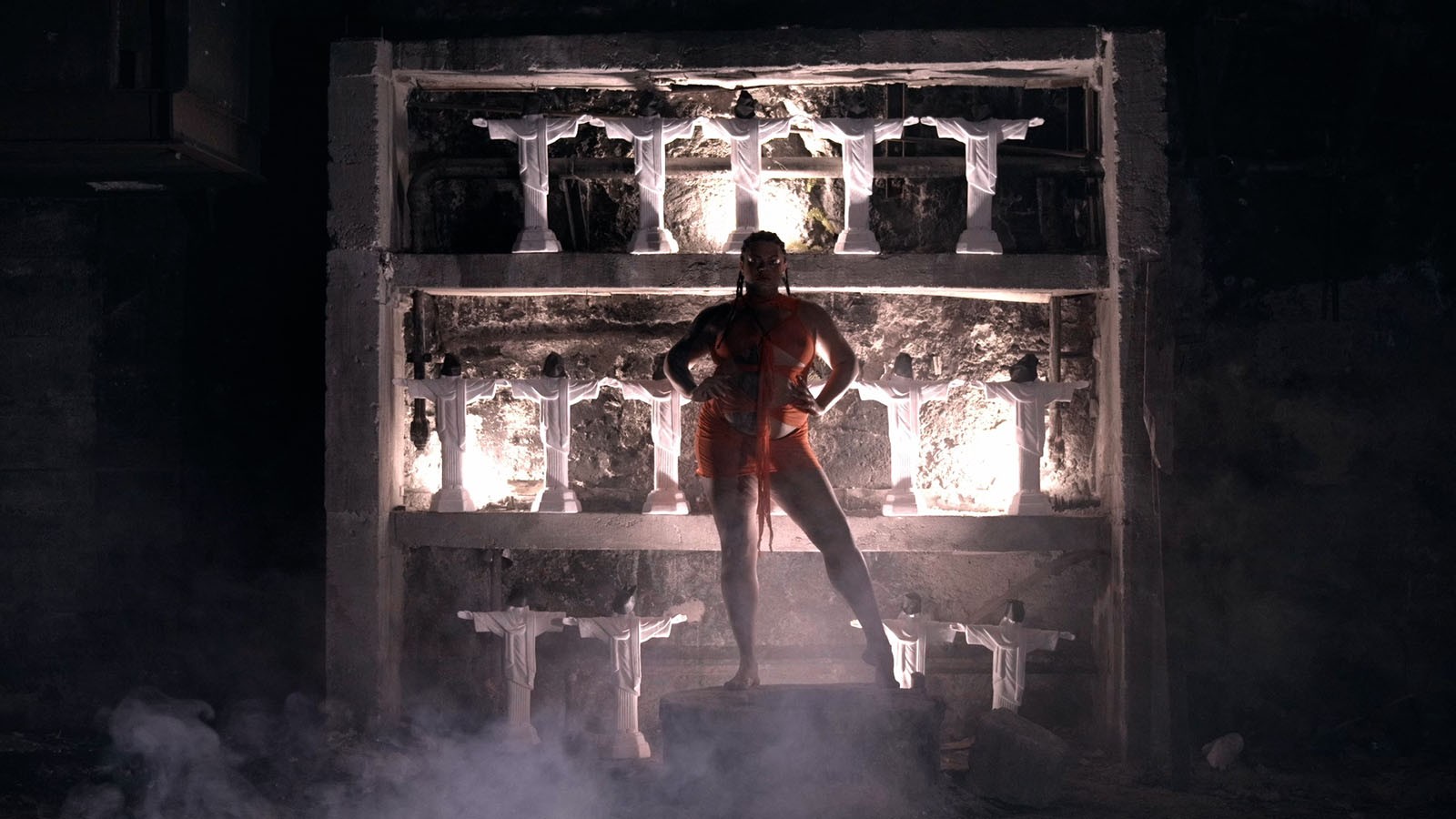
Celebration and Resistance in Ventura Profana’s Films
